|
Yes! There really is a creature called the Demon Duck of Doom. Unfortunately (or fortunately, depending on your perspective), the creature is now extinct, And, as you've probably guessed, Demon Duck of Doom is not its official, scientific name. But the name is frequently used, even in books and museums, so by golly I'm going to call it the Demon Duck of Doom! Besides, this is the coolest, most awesomest animal name I've ever seen. So, what the heck is a Demon Duck of Doom? Well, first of all, it's a bird. A big bird. With a huge beak that was suited to tearing off chunks of flesh from creatures unfortunate enough to be its prey. It lived fifteen million years ago in what is now Australia, and its scientific name is Bullockornis planei. On our trip to Australia last April and May, Trish and I were exploring the amazing Daintree Rainforest Discovery Centre, and we came upon this life-sized, robotic bird beside the trail (see photo below). I read the informational kiosk, saw the name Demon Duck of Doom, and knew I had to feature this bird as an awesome animal. Amazing facts about the Demon Duck of Doom Okay, first let's talk about the creature's name. The genus name, Bullockornis (which seems a little strange in and of itself), actually comes from Bullock Creek, the site in Australia's Northern Territory where the first fossils were found. The word bullock also means a bull or ox (usually one that has been castrated), and the -ornis part of the name means bird. So, many people mistakenly translate the name to ox-bird. But you now know this is incorrect. Feel free to use this knowledge to impress people at parties. And then there's the creature's more colorful name, the Demon Duck of Doom. Some paleontologists (although not all) believe the Bullockornis is related to ducks and geese. This, combined with its size and its supposed predatory habits, led a PR-savvy writer to christen the creature Demon Duck of Doom in order to get more people interested. Sure, it's a silly name, but there's nothing wrong with trying to get more people interested in paleontology, right? By the way, the Bullock Creek fossil site where this bird was found has also produced some other pretty impressive fossils, including marsupial "lions," giant horned tortoises, and giant wombats! If someone ever invents a time machine, and I get the opportunity to go back in time, Bullock Creek might be my location of choice. As long as I can take bite-proof body armor. These creatures were big. Bullockornis stood a little over eight feet tall and weighed about 550 pounds (250 kg). This is heavier than a male lion (420 pounds) and almost as large as a male tiger (up to 670 pounds). And if you consider that the creature's head was the size of a horse's, sporting a massive beak with razor-sharp sawing edges, you can image that the creature had an imposing presence (that's a fancy way to say that coming face to face with one would be a pee-your-pants kind of experience). But wait! Not all scientists believe Bullockornis was a fierce predator. Some scientists point out that the beak is not hooked (like we see in the beaks of most predatory birds like hawks and owls). They also argue that the bird may have had poor vision, whereas all modern predatory birds have excellent vision. They argue that the large, heavy beak may have evolved to help the bird slice through thick plant stalks or chomp into husky fruits. Or perhaps the bird was what we call an opportunist, taking down weak or injured prey when it had the chance, but typically scavenging. I'm sure that, when it came across a dead animal, it could easily scare off other scavengers or predators, and then its beak could help it slice off tasty chunks of meat. Look at the fossilized skull below. What is your opinion on this? Predator, herbivore, or scavenger? If they ever definitely determine that these birds were herbivores, I think we'll have to get rid of the name, Demon Duck of Doom. The name would seem kind of ridiculous. Based on the structure of the legs, it is thought that Bullockornis was a fast runner. This supports the idea that they were predators. Sure, many herbivores can run fast to escape predation, but the main predators of Bullockornis were crocodiles. Crocodiles can quickly burst from the water to grab prey, but they are not the kind of predators that would force an animal to run long distances across a large, open space. How do we know crocodiles ate these birds? Because the fossil bones have puncture marks that match the pattern of crocodile teeth. Hmm... would it be worse to be attacked by a Demon Duck of Doom, or by a giant crocodile? That's a tough call. I choose neither. Check out this video about the Demon Duck of Doom (and the Killer Kangaroo). Believe it or not, the Demon Duck of Doom is NOT the largest prehistoric bird to have lived in Australia (although it does have the coolest name). Dromornis Stirtoni, sometimes called Stirtoni's Thunder Bird, weighed up to 650 kg. That's almost 1,500 pounds! Like the Demon Duck of Doom, the Stirtoni may have been a fierce predator, or it may have been an herbivore. We may never know. I think the most intriguing thing about the Stirtoni is that it lived from 8 million years ago to less than 30,000 years ago. And the first humans to occupy Australia arrived there about 60,000 years ago. You know what that means, right? It means humans likely encountered this 1,500-pound bird. Perhaps those humans hunted it... or perhaps it hunted them! So, the Demon Duck of Doom deserves a place in the L.A.H.O.F. (Legendary Animal Hall of Fame). FUN FACT: The word legendary comes from the Medieval Latin word legendārius and was first used in about 1505. Typically, it means celebrated or described in legend. But more recently it has been broadened to mean heroic, strange, or superhuman. And even more recently than that, it has been used to refer to anything that is widely (or not so widely) recognized as excellent. So, legendary is another way to say awesome! Photo Credits:
Bullockornis mechanical model - Stan C. Smith Drawing #1 - Nobu Tamura via Wikimedia Commons Bullockornis Skull - Gord Webster via Wikimedia Commons Size Comparison Chart - Prehistoric Wildlife Dromornis sturtoni - Prehistoric Times Magazine
1 Comment
j̶̰͈̹̠͐͒̈̓̔̌ḟ̸̡̰͔̪̝̥̹͎̭͕̳̲͇̟̫͂̕k̸̘̠̱̦̠͇͕͇̮̭̱͙͙̭̉̅̎̄̇̈̈́̃̒̍̀͜͝͝͠͝d̶̡̺̟̀̊͘s̸̛̲̙̘̼̤͔͈̭͇͍̀̎̽͛̄͂͊͘͠j̵̤̙̝̪̬̟̻̳̝̪̎̂͑̔̊̆̑̽̽̈́͘͜f̴͔͈̯̈́̉̀̉͆͋ͅ
9/14/2022 10:56:19 am
hi my name is aughhhhhhh
Reply
Leave a Reply. |
Stan's Cogitations
Everyone needs a creative outlet. That's why I write. Archives
April 2024
|

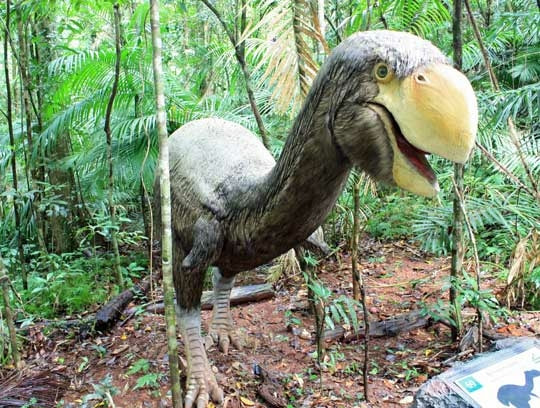
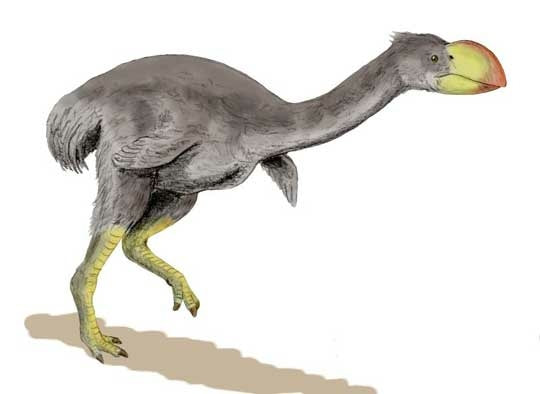
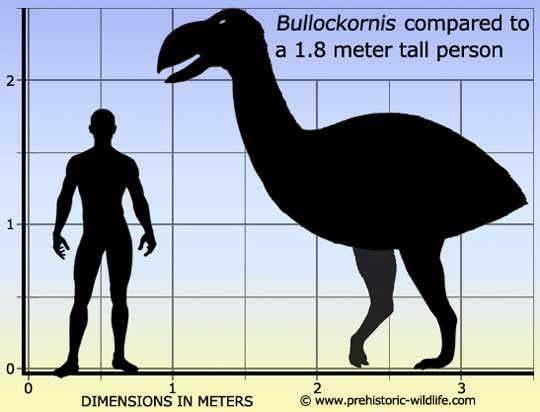
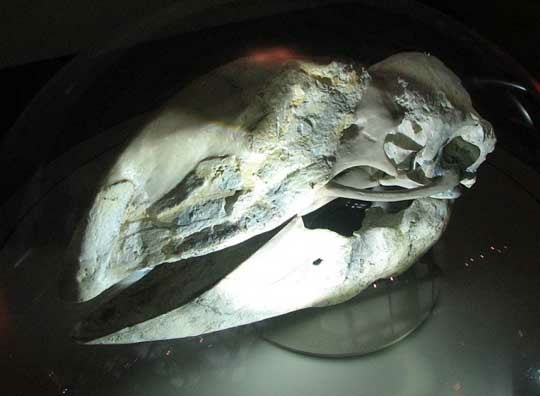
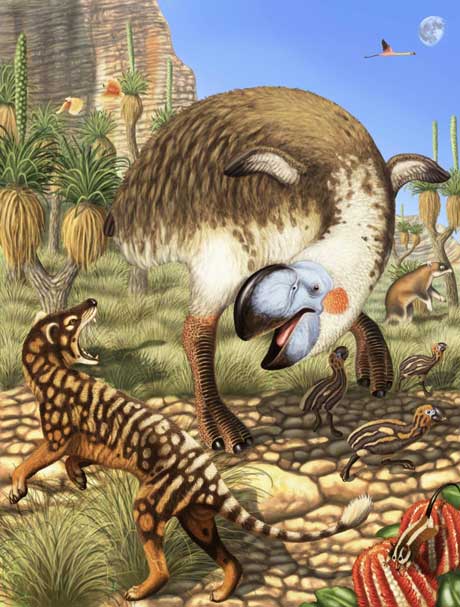
 RSS Feed
RSS Feed